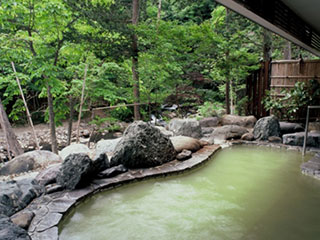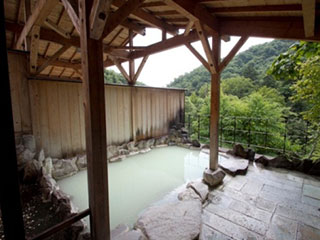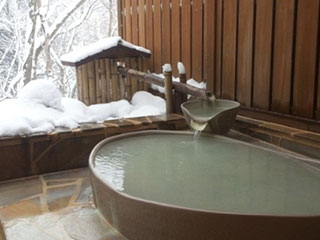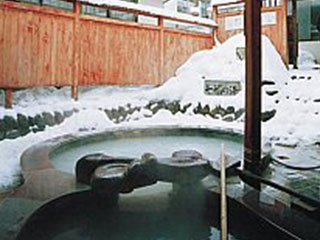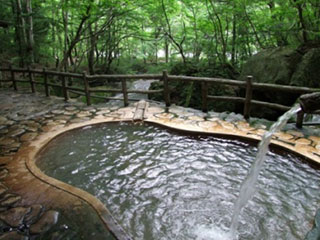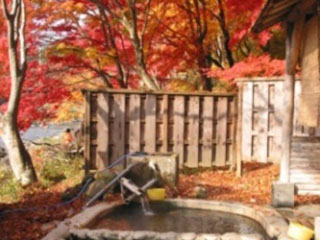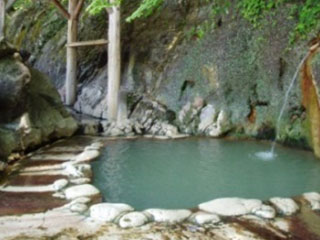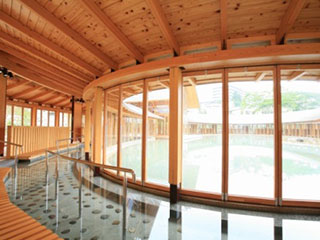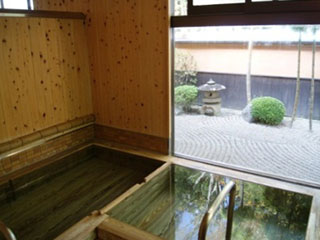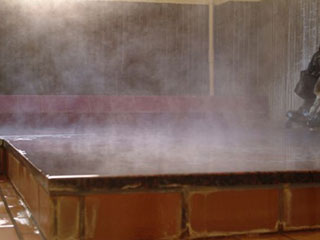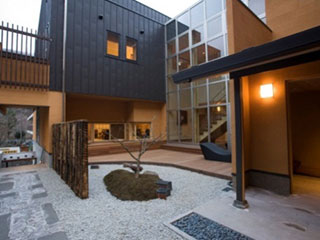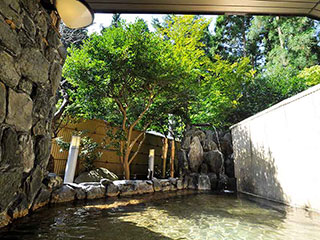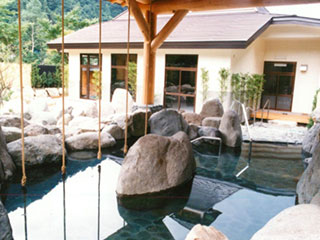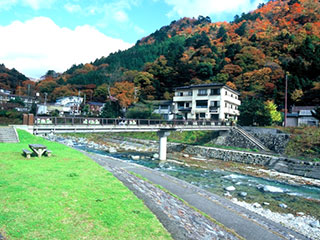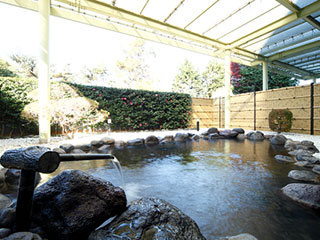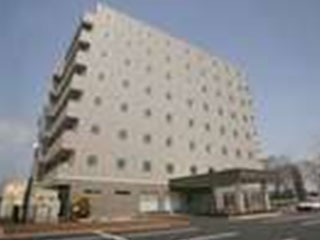Shiobara Onsen
An old hot spring region that is said to have been found in 806 A.C. It is dotted with 11 villages along Houkigawa River with hot springs of different water quality. Shiobara became known as a resort in the Meiji era, and many men of letters visited there. There are about 60 hotels in Shiobara Onsen today, and the following are part of them.
Shiobara Onsen/Motoyu (Original hot spring)
The birthplace of Shiobara Onsen which is said to have been found in 806 A.C. It was prosperous and was once called Motoyu Sengen (1,000 hotels with Motoyu hot springs). However, this area was hit by a landslide from a big earthquake in the Edo era. Some hotels reopened in and after the Meiji era, and there are three hotels quietly in the gorge today. Hot springs are secluded in the quiet atmosphere
See in Kokosil
Gensenkan
Ooidekan
Yebisuya
Shiobara Onsen/Arayu
The hot springs in this area is called Arayu (new hot spring) as they were dug and developed by those who evacuated from Motoyu (original hot spring) area due to a big earthquake in Edo era.
Steam spews out and the air is filled with sulfur smell near the explosion crater.
See in Kokosil
Keiunkaku
Okushiobara Kogen Hotel
Shirakaba
Yamanoyado Shimofujiya
Shiobara Onsen Village
Myogaya Honten
This tasteful hotel has famous open-air baths along the river. You can enjoy bicolored turbid water.
Kouunso
Our natural hot spring is one of the largest ones in Shiobara with 200 liters of water per minute coming out directly from the hot spring source.
Yumori Tanakaya
Our open-air baths with a gensen kakenagashi system (water comes directly from the hot spring source) is one of the three most famous large “open-air baths along the mountain stream.”
-

Myogaya Honten
-
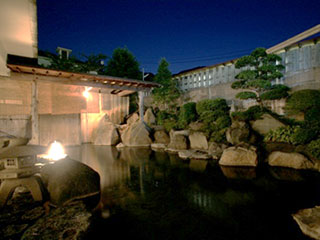
Kouunso
-
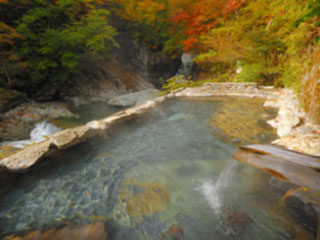
Yumori Tanakaya
-

Hotel New Shiobara
-
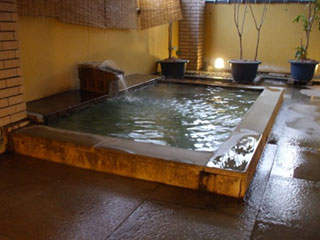
Kamiaizuya
-
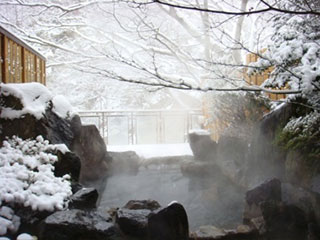
Ayatsumugi
-
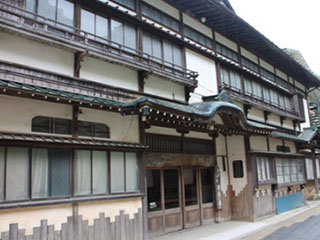
Seikinro
-

Shofuro Matsuya
-
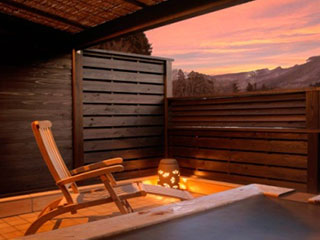
Shikimitei Fujiya
See in Kokosil
Myogaya Honten
Kouunso
Yumori Tanakaya
Hotel New Shiobara
Kamiaizuya
Ayatsumugi
Seikinro
Shofuro Matsuya
Shikimitei Fujiya
Shiobara Onsen hot spring for day-trippers
There are many baths along rivers for day-trippers. You can relax in the baths and enjoy seasonal views such as fresh green leaves, autumn foliage and snows.
See in Kokosil
Fudo no yu
Hananoyu
Momiji no Yu
Iwa no yu
Yuppo no Sato
Itamuro Onsen
Found by Saburo Muneshige Nasu in 1059. The alkaline thermal hot springs with light mineral content with the so called “medicinal water of Shimotsuke” have helped many people relax physically and mentally. There are about 15 hotels in Itamuro Onsen currently, and the following are part of them.
Itamuro Onsen’s hotel
There are Japanese style wooden buildings and streets with atmosphere of tradition along the Nakagawa River and its tributary river, Yukawa River. You can feel the history and atmosphere of the hot spring resort.
Most of the hotels in Itamuro Onsen have two tubs in their indoor baths. The temperatures of the water in the tubs are different. The colder one is lukewarm at 38℃, slightly higher than body
See in Kokosil
Katoya-Ryokan
Sachi no yu Onsen
Daikokuya
Shoufukan
Onsen Ryokan Yamaki
Hotel Itamuro
Popular open-air bath “Tsuna no yu”
Tsuna means a rope. People take the bath here by grabbing the rope that is hung from the ceiling. The popular open-air bath “Tsuna no yu,” which is the reproduction of the former public bath in Itamuro, is in “Municipal Itamuro Kenko no yu Green.” You can enjoy Itamuro hot spring water at reasonable cost.
See in Kokosil
Popular open-air bath “Tsuna no yu”
Itamuro Onsen, “People’s Recreation Spa Resort”
Japanese government has selected some hot spa areas which provide full good effects of hot springs and which provide good conditions as sound spas, and designated the areas as “People’s Recreation Spa Resort” since 1954.
Itamuro Onsen meets the requirements, and has been designated as such since March 23, 1971.
See in Kokosil
Itamuro Onsen Hot Springs
Other hot springs
Accommodation such as hotels and traditional Japanese inns stand around the station.
Nishinasuno area
Around Nasushiobara station and Kuroiso station
See in Kokosil
Nogionsen Hotel
Kansuien Kakuraku
Nasu Midcity Hotel
